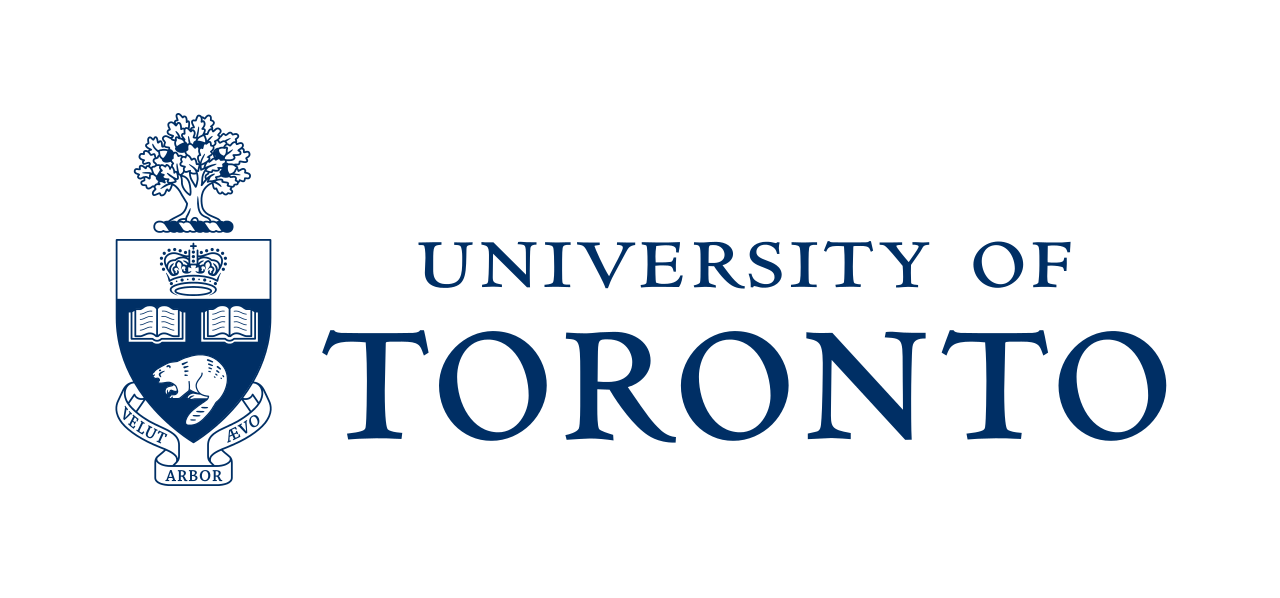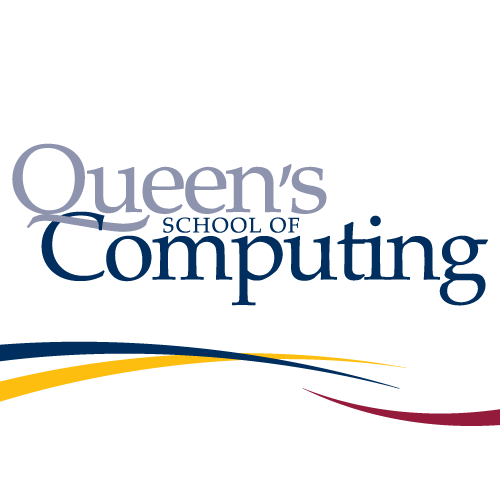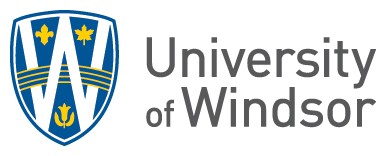

PREDICTING THE FUTURE! LEARNING WITH MICROSOFT
Machine learning is a powerful tool that allows you to predict the future based on past data and data science. This workshop will introduce you to a tool that allows you to use historical data to find patterns and predict future outcomes. Once you’ve created a model, we’ll show you how to create a web service so you can predict the future from your website or app. As part of your participation in this workshop you will receive free access to the Azure Machine Learning Studio tool compliments of Microsoft


ADVANCED BIOMEDICAL IMAGING TECHNIQUES AT THE CLS SYNCHROTRON
This workshop will introduce participants to the facilities and capabilities of the Biomedical Imaging and Therapy (BMIT) beamlines at the Canadian Light Source (CLS) synchrotron. Unlike X-rays from conventional sources, synchrotron light is quasi-coherent, polarized, highly tunable, and extremely intense – with several orders of magnitude higher flux thereby allowing to image both bone and soft tissues with micrometre-scale resolution, and to measure tissue properties never before accessible (refraction, phase, and scatter). Core research programs for BMIT include human and animal reproduction, cancer imaging and therapy, spinal cord injury and repair, cardiovascular imaging and disease, bone growth and development, developmental biology, gene expression research, and development of new imaging methods as well as extending present imaging capabilities.The workshop will discuss synchrotron-specific imaging techniques in use at BMIT, and present the unique advantages of these imaging techniques over conventional biomedical imaging methods. Attendees should expect to develop a greater understanding of the role of synchrotron-based imaging in biomedical research, and the role it could play in their current or future research projects.


THE END-USER AS KNOWLEDGE EXPERT: HOW EMPATHY CAN UNLOCK VALUABLE INSIGHTS FOR DESIGN AND DEVELOPMENT
This workshop will introduce participants to the notion of leveraging empathy as part of the design process for biomedical engineering applications. The concept of empathy in design and engineering will be defined and examples from the organizers’ experiences with in assistive technology will be presented. A simulation of different disabilities will serve as a starting point to discuss the role of the end-user in the design process as the knowledge expert. The process and benefits of building a relationship with these end-users will be discussed. Workshop participants will have the opportunity to exchange on opportunities to leverage empathy and the knowledge in their own work.


3D SLICER: HANDS-ON INTRODUCTION TO MEDICAL IMAGE VISUALIZATION
This tutorial will give an overview of 3D Slicer (www.slicer.org), a free open-source software platform for medical data visualization and medical image analysis. 3D Slicer supports multi-modality imaging including magnetic resonance imaging (MRI), computerized tomography (CT), ultrasound, nuclear medicine, and microscopy, for virtually all organ systems in the human body. Used by research groups all around the world, 3D Slicer is a free, open source software available on all major operating systems. As an open-source platform, it is extensible, with powerful plug-in capabilities for adding custom algorithms and applications. After introductory presentations, participants will be invited to follow along with hands-on demonstrations of 3D Slicer functionality on their own laptop computers. Our tutorial is intended for all members of the IEEE EMBS ISC community. No educational background is necessary in either engineering or medicine to participate in the tutorial.


Special Presentations: Transcriptome analysis in cancer diagnosis and treatment
Transcriptomics is the study of the transcriptome, which consist of all RNA molecules in a cell. The transcriptome can be seen as the pre-cursor for the proteome; that is, the entire set of proteins expressed from a genome. One of the most accurate technologies to date for studying the transcriptome is next-generation sequencing techniques. RNA-Seq is one of the next-generation sequencing technologies (NGS) that focuses on measuring the expression of a genome at nucleotide resolution. The transcripts of each gene can help in determining the way cancer may develop or even treated. During this session, some works in transcriptomics analysis will be presented. Session's participants from different disciplines will have the opportunity to exchange discussions about transcriptomics and seek future collaborations in treatment and diagnosis of cancer based on NGS data analysis.
